
From the different connectors to consider, variable rates of charge and different places to recharge your EV It can seem like a complex job.
The truth is, electric car charging need not be so confusing. Allow us to free you from the tangled mess of charging cables, with our simple, explain-all guide.
What are the main ways you can charge an electric car?
In basic terms, there are three ways to charge an electric car: at home, at the workplace, or at a public charging point.
Home charging
In terms of convenience, charging each night at home is the simplest. This will likely provide most of the daily driving range the average driver will need – and mean they effectively start each day with ‘a full tank’.
Most electric cars can be charged at home using a standard three-pin domestic plug socket. A new EV will be supplied with a standard EVSE (Electric Vehicle Supply Equipment) charging cable, allowing you to charge anywhere you can find a mains socket.
While the EVSE cable will keep you and your electric car safe when charging, we would recommend the installation of a dedicated EV charging wall box, which should be fitted by a trained electrician.
A home charging point will cost around £1,000, but as part of the Electric Vehicle Homecharge scheme, the government will provide a grant of £500 towards the cost. A wall box is safer and quicker than using a domestic plug socket, as it communicates directly with the car, with charging time reduced by 30-60%, depending on the vehicle.
In the case of Chargemaster, grant-funded prices start from £279 for a 3kW charging point, rising to £1,200 for a significantly quicker 22kW point. In all cases, the Homecharge kits are covered by a three-year warranty.
Renault recommends the mid-range 7kW wallbox for the Zoe, which provides a full charge in seven to eight hours. Meanwhile, Nissan says that a wall box will charge a 24kWh Leaf in 9.5 hours, or seven hours for a 30kWh Leaf.
To find out how much range you can expect from a full charge, visit our ultimate guide to electric cars.
Workplace charging
Workplace charging points help make electric cars viable for business users with longer commutes.
If your work does not have an electric vehicle charge point installed, it could take advantage of the Government’s Workplace Charging Scheme (WGS).
The WGS is a voucher-based scheme that provides a contribution towards the up-front costs of the purchase and installation of electric vehicle to the value of £300 per socket – up to a maximum of 20 sockets.
Employers can apply for vouchers using the Workplace Charging Scheme application.
Public charging
The network of public chargers is best suited for longer journeys, with a rapid charging unit providing up to 80% of charge in as little as 20-30 minutes.
The network of public chargers continues to grow at an incredible rate, with Zap-Map reporting a total of 14,117 connectors at 4,935 different locations at the time of writing (9 November 2017).
READ MORE: Are electric cars actually worse for the environment?
Different types of charge
In 2011, the network was dominated by slow chargers, but since then the growth has been in the number of fast and rapid chargers. In total, there are three main charging speeds: Slow, Fast and Rapid. These are outlined below.
Slow charging
The clue is in the name: these are the slowest chargers available to the EV owner. Units are rated at 3kW, and a full charge could take as long as 12 hours, but most likely 6-7 hours.
By their very nature, slow chargers are unsuitable for public use and tend to be found at home or in the workplace. While an electric car can be charged using a domestic plug socket, a dedicated wall box is recommended (see the previous section).
Fast charging
You will find fast chargers in supermarket car parks, shopping centres or anywhere an electric car can be left for an extended period. A 7kW charger will recharge an EV in 3-5 hours, while a 22kW unit could complete the task in a couple of hours.
Rapid charging
A rapid charger can provide up to 80% of charge in as little as 20 minutes, making them the quickest means of charging in the UK. They are commonly found at motorway service stations and close to major roads.
Rapid DC chargers provide up to 50kW of power, while rapid AC units are rated up to 43kW. Meanwhile, the Tesla Supercharger network uses the company’s proprietary plug, making the rapid chargers unsuitable for other makes and models. They deliver power at a rate of 120kW.
MORE ADVICE: Ultra Low Emission Zones: what you need to know
Charging adapters
This is where things get slightly more complicated, because, as yet, there isn’t a universal connector for electric vehicles and the different chargers. Thankfully, Zap-Map has provided a handy guide to the various connectors.
There are three categories of charge connectors: slow, fast and rapid. Here, we list them, and detail the different types of connector within each category.
Slow charge connectors
- 3-pin 3kW AC
- Type 1 3kW AC
- Type 2 3kW AC
- Commando 3kW AC
Fast charge connectors
- Type 2 7-22kW AC
- Type 1 7kW AC
- Commando 7-22kW AC
Rapid charge connectors
- CHAdeMo 50kW DC
- CCS 50kW DC
- Type 2 43kW AC
- Tesla Type 2 120kW DC
Check the car’s handbook and the charging network provider websites for more specific information, you might need to factor this in when planning your charging stops on a long journey.
The last thing you want is to get to a charging station when your battery’s low, only to find it’s not compatible with your car’s charging input.
For example, the Nissan Leaf features two charge sockets: a Type 1 for slow and fast charging, and a CHAdeMO for rapid charging.
Meanwhile, the Renault Zoe has a single Type 2 inlet for slow, fast and rapid charging.
READ MORE: The real facts on ‘dirty’ diesels
As of November 2017, the CHAdeMO 50kW rapid charger is the most widespread connector, followed by Type 2 and CCS. Nearly 22% of all connectors can be found in London, followed by Scotland (14.8%) and the South East (13.3%).
The absence of EV connector standardisation has inevitably led to some confusion for motorists, creating a weak link within the industry. In its ‘Ultra-Low-Emission Vehicles Infrastructure – What Can Be Done’ report, the RAC Foundation pointed to a lack of standardisation of connectors and a bewildering array of types of charge points, connectors and tariffs, which is poorly presented to the public.
While there have been calls for a standard adapter, the EV is destined, in the short term at least, to offer the kind of problem experienced by smartphone users.
Popular electric cars – charge connector type
- BMW i3: Type 2 and CCS (for rapid charging)
- Hyundai Ioniq: Type 2 and CCS (rapid)
- Mitsubishi Outlander PHEV: Type 1 and CHAdeMO
- Nissan Leaf: Type 1 and CHAdeMO (rapid)
- Renault Zoe: Type 2
- Tesla Model S: Type 2 and Tesla Supercharger (rapid)
- Volkswagen e-Golf: Type 2 and CCS (rapid)
Charging networks
The difficulties do not end with charge connector types. There are a number of EV charging networks in the UK, each one taking a different approach to charger access.
Polar is the UK’s largest public charging network with 5,500 charge points across the country. Access is granted via a smartphone app or RFID (Radio-frequency Identification) card, and is available as a pay-as-you-go or subscription service.
Ecotricity asks its customers to register via a smartphone app, which is used to control the charging process. Meanwhile, Tesla owners simply turn up at a Supercharger station and wait for their EV to be recharged.
There are regional charging networks too, but many of them also offer access to customers of larger EV networks. If you are planning to rely on an EV charging network, make sure you’re signed up to the correct network for any chargers you’re planning on using: there are several resources that allow you to check ahead both for the location of chargers and the network running them.
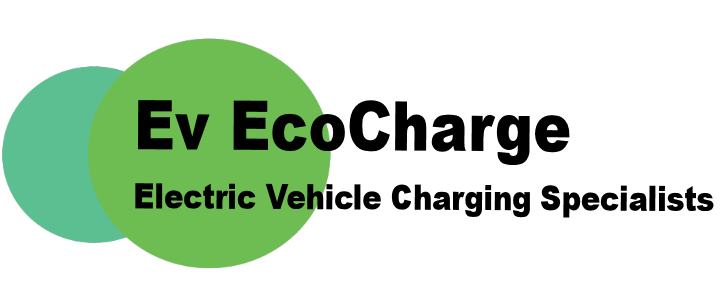
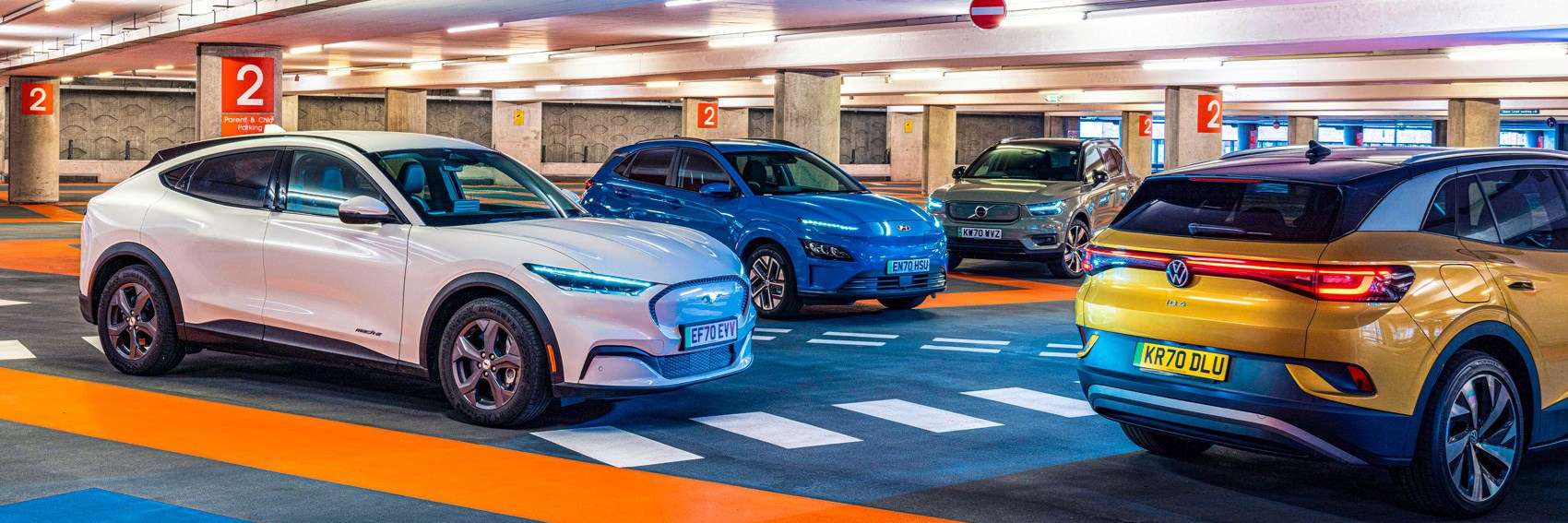

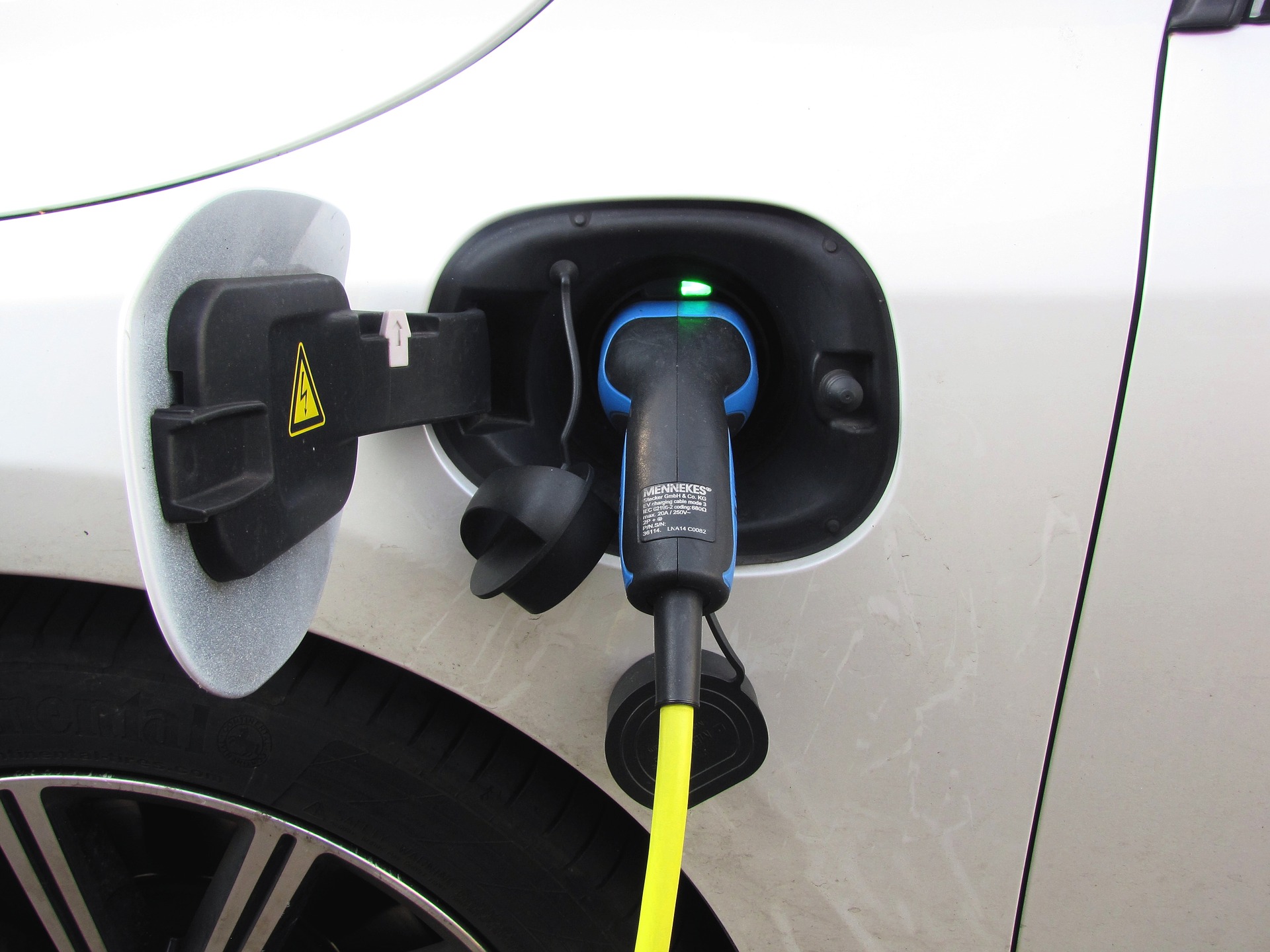
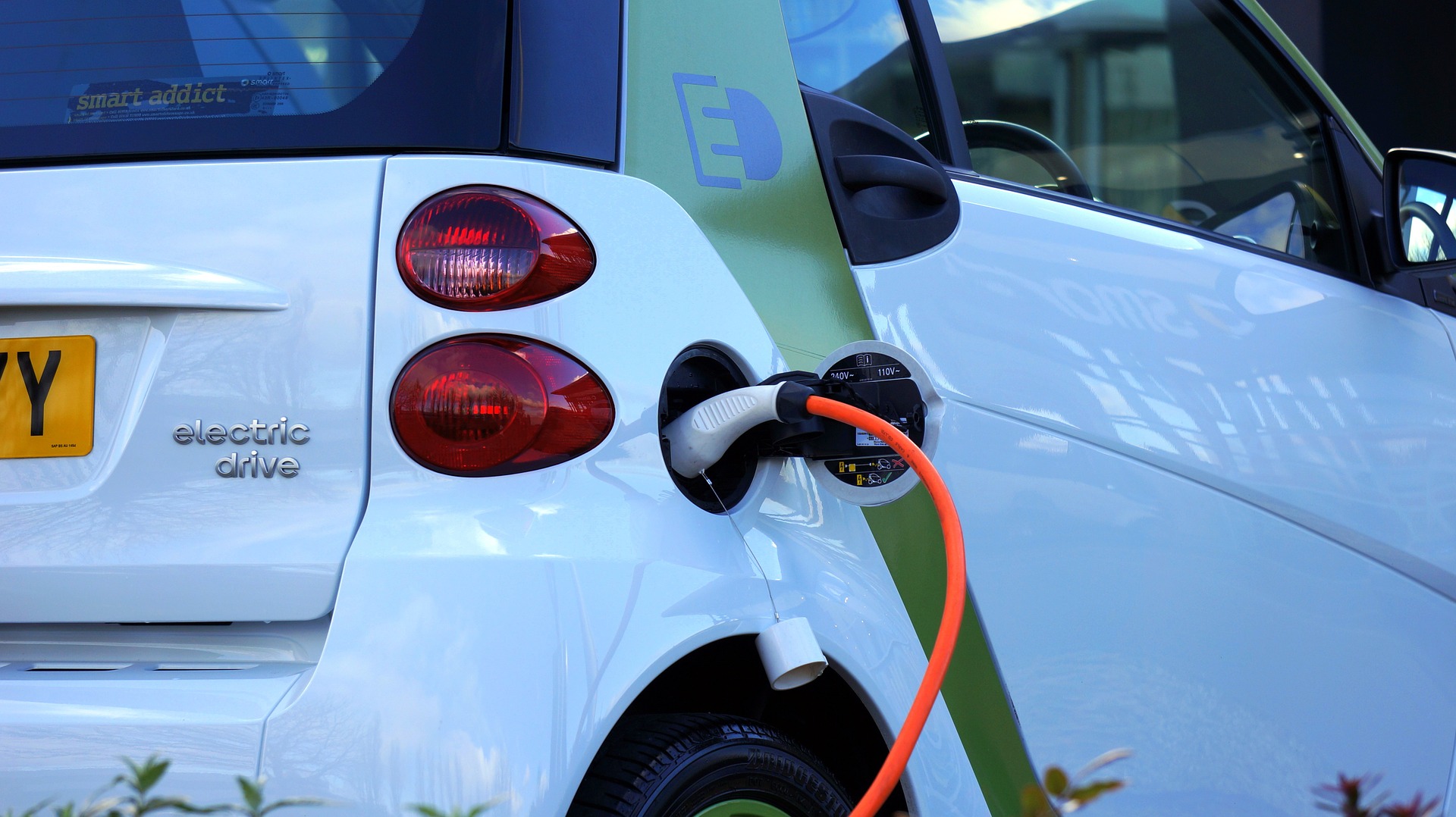
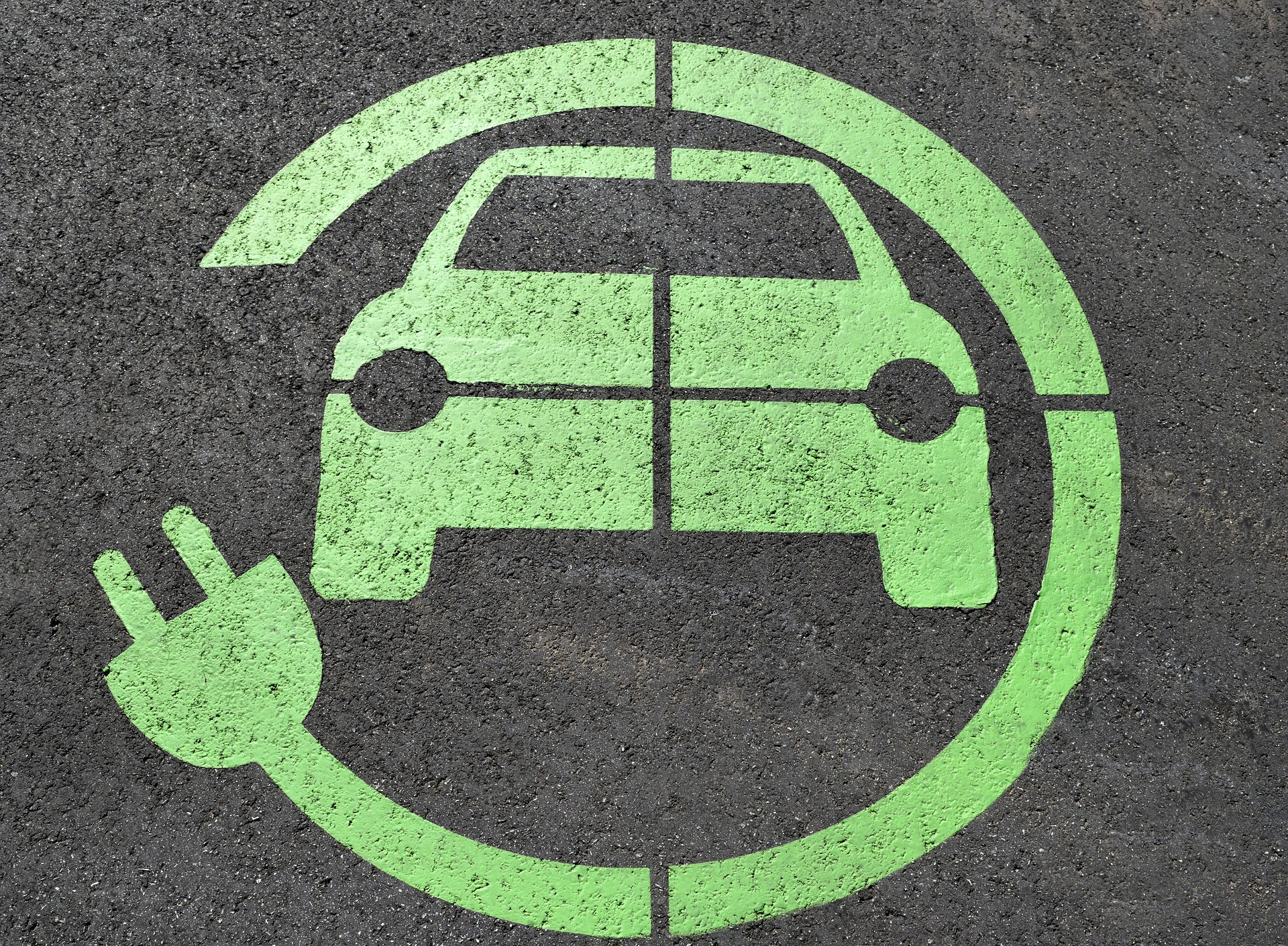
 Previous Post
Previous Post Next Post
Next Post